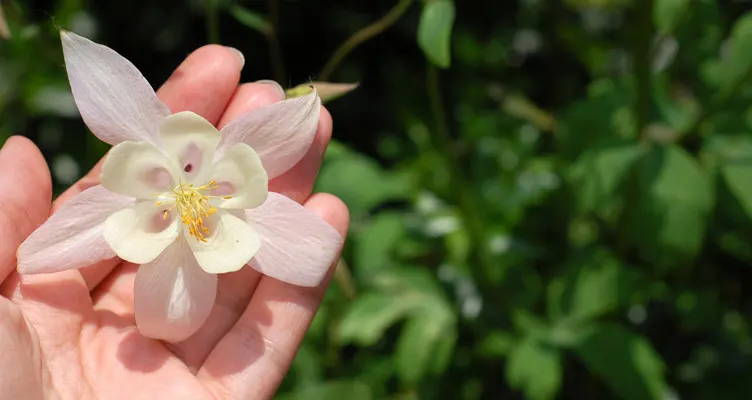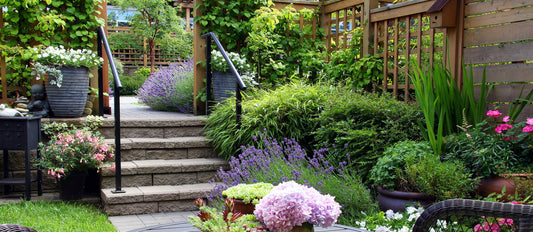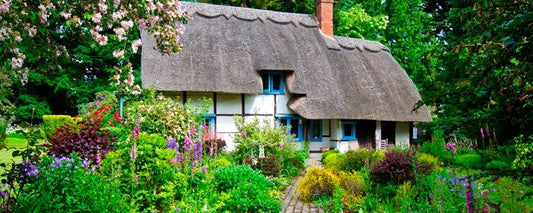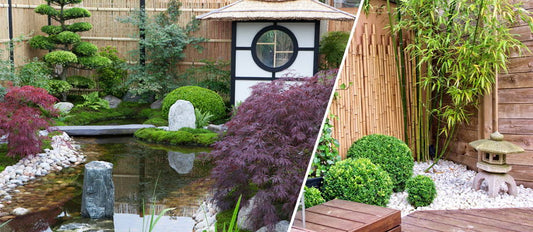One of the great advantages of perennials is that they do not need much looking after, especially when you have made some preparations beforehand.
A well-structured soil is a soil that is aerated, but water retaining. A common mistake of novice gardeners is that they choose plants before they look into the soil type and the sunlight situation in their garden. Soil type is something you should not attempt to change. You can, however improve it of course. There are for instance plenty of plants that thrive in dry soil. Let your soil type be the guide when you choose your plants. Something that goes for all plants is that they flower best in a soil that contains enough air and can retain enough moisture. In other words; soil with a good structure.
Moist rootball
Most perennials are grown in pots these days. These plants do not always look their best, but the chance that these plants take root almost immediately after they are planted is almost 100%. Another advantage is that you can plant these plants more or less all year round. Professionals prefer to plant in autumn, but amateur gardeners tend to wait for the new growing season, which means they will be planting in April and May. The advantage of planting in autumn is that the plants will take root before winter sets in, which makes them more resilient in periods of drought. Also you can enjoy the early flowering plants in the first spring. Of course this does not apply to plants that are not completely hardy. When you plant your plants make sure that the rootball is sufficiently moist.
Added compost improves soil structure
A sandy soil can be improved by mixing compost in with the topsoil. This will make the soil stick together better and improve its ability to retain moisture. When compost is added to clay soil however, it will make the soil lighter and therefore better aerated. As roots need to breath as well as take in food, an aerated soil is very important for the well being of plants. Mix some dried cow manure in with the compost to ensure sufficient nutrition for your plants.
Some support
Everything depends on the structure of the soil, the position in the garden, the distance between the plants and the condition of the base material. Quite a number of plants (Delphiniums) will grow fairly tall, but are not so sturdy and therefore need some support. The most natural material to use for this is brushwood, the branches with twigs from Alder or Elm trees. Bend the tops inwards and place them between and around the plants and you have created a plant support. You can also buy supports in all shapes, sizes and materials from garden centres. The most important thing is that you put the support in place on time.
In autumn do not remove all dead branches and leaves from your plants and your garden. The leaves will disintegrate and moreover they will protect your plants through the winter. To gather up all dead plant material and take it to the compost heap, just to do the same again in spring is a waist of time and energy. Leave it until spring and then clear everything in one go.
Stimulate a second flowering
There are plants that flower perpetually if the dead flower heads are removed. Others, weather permitting, can be stimulated to a second round of flowering of they are pruned hard back immediately after flowering (Delphiniums). With other plants it would be a shame to do this as they form very decorative seed boxes (Iris sibirica and Papaver orientale).




